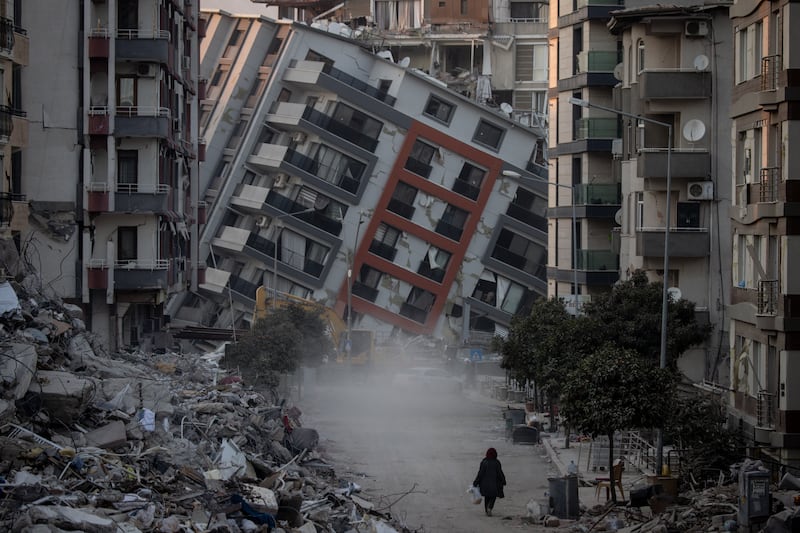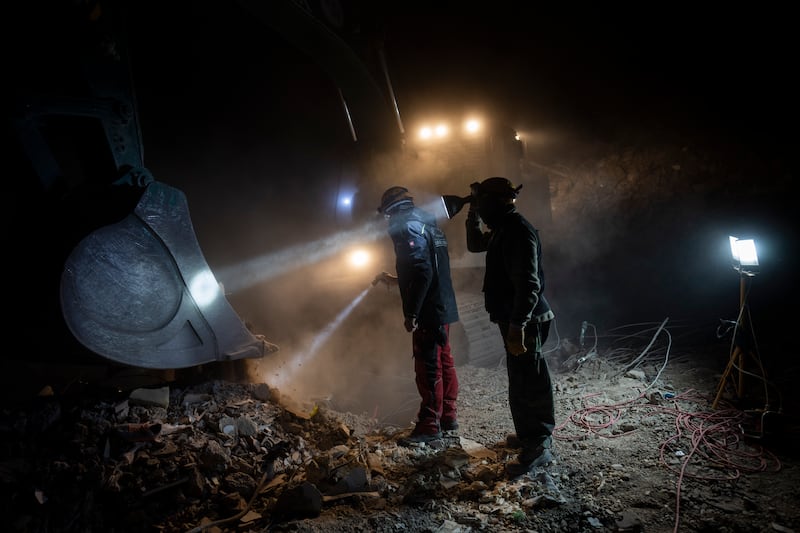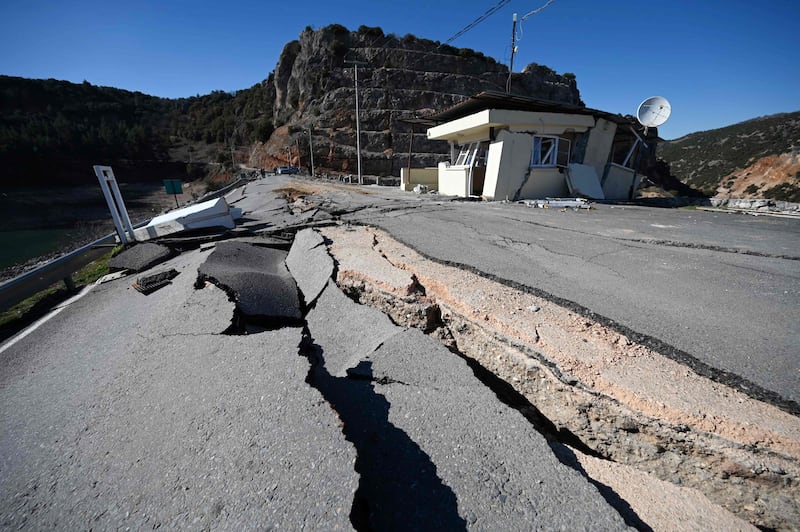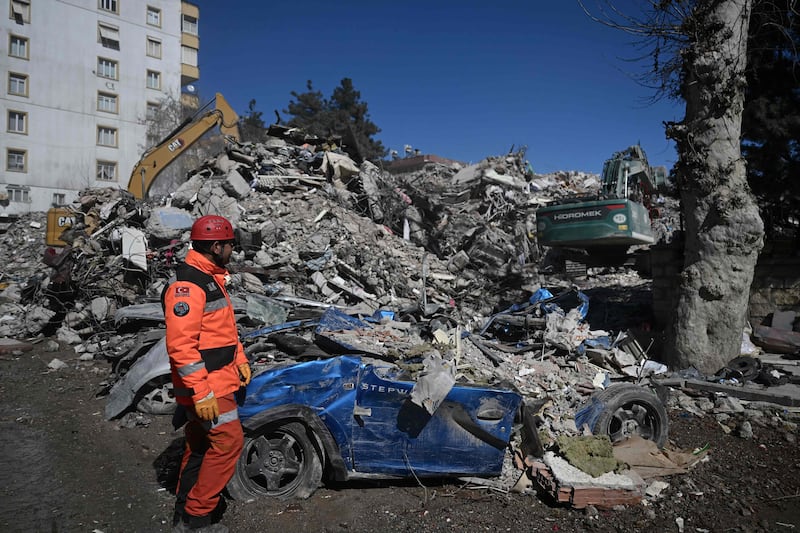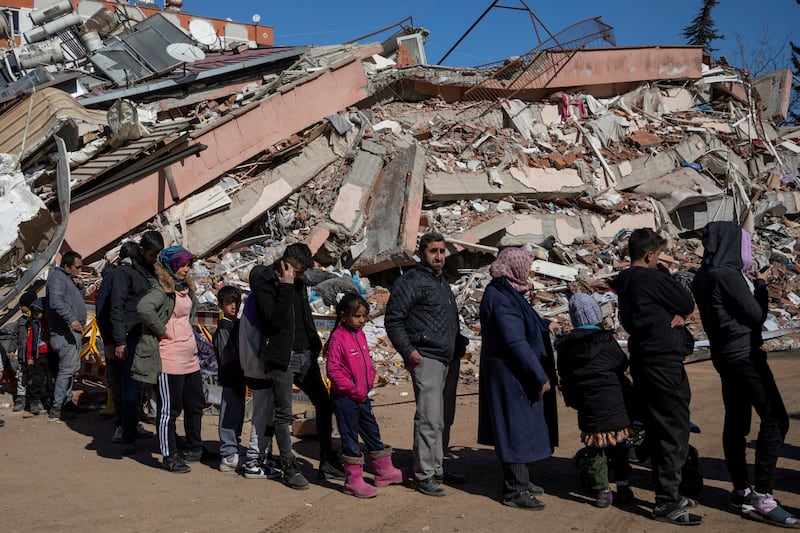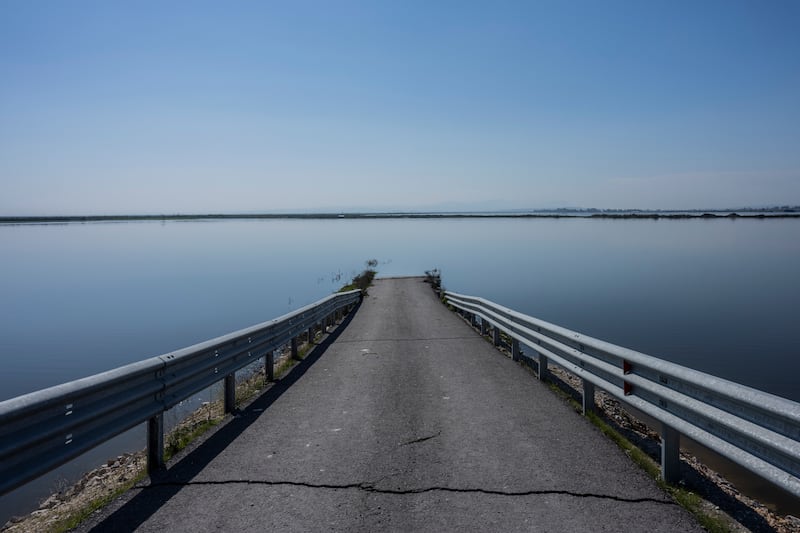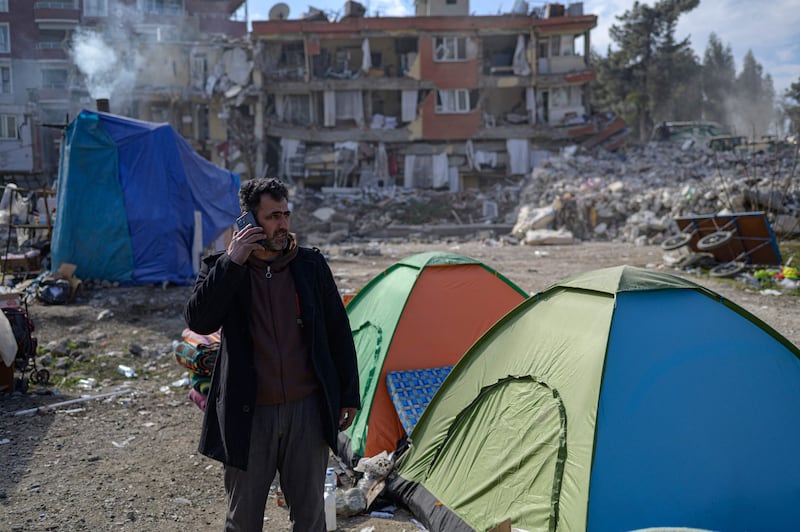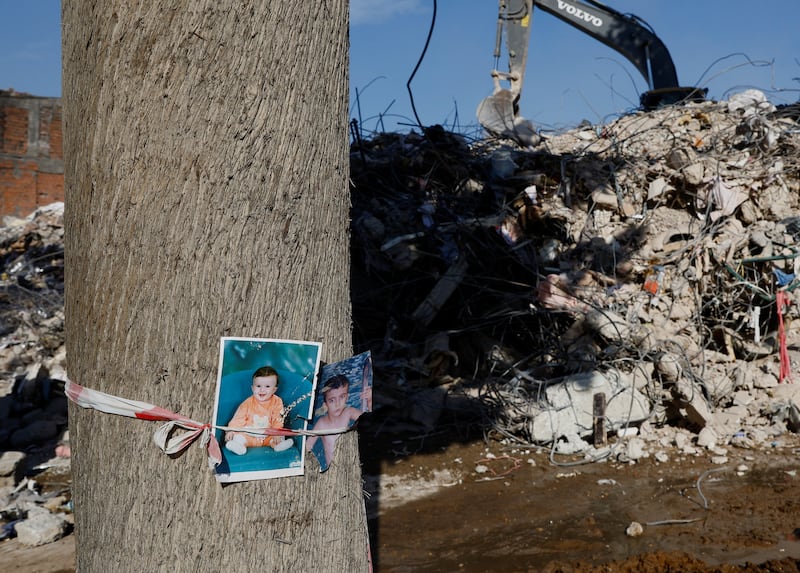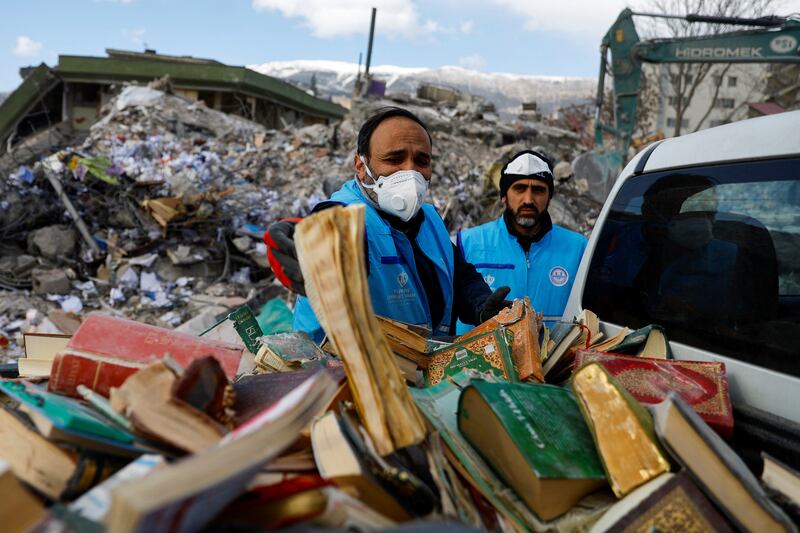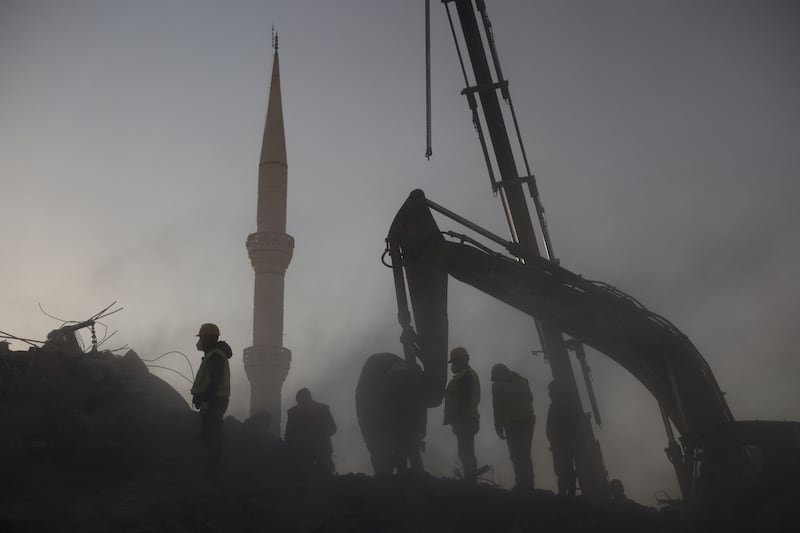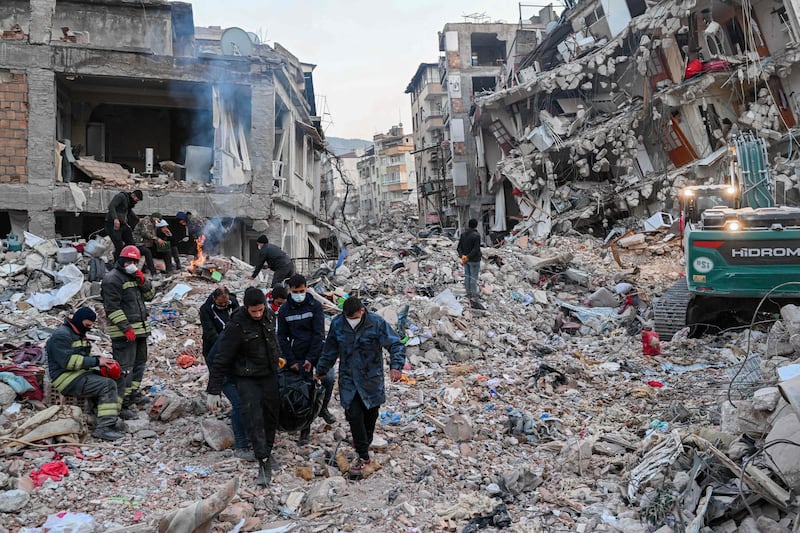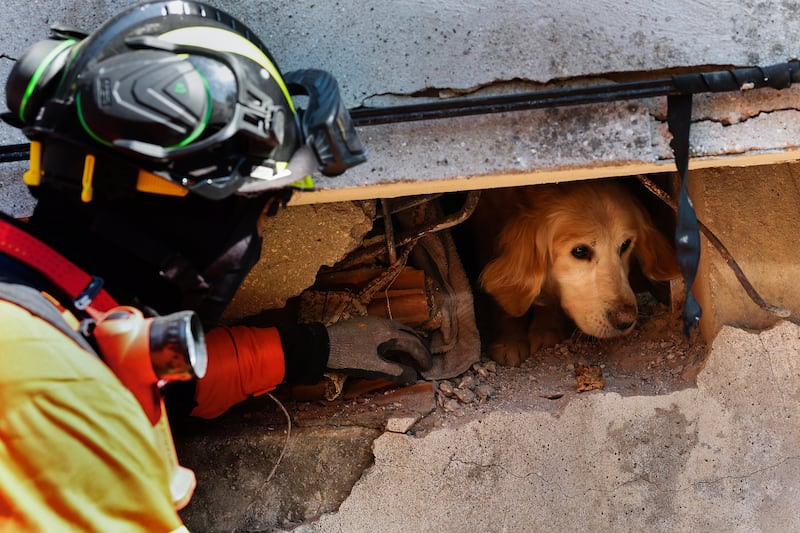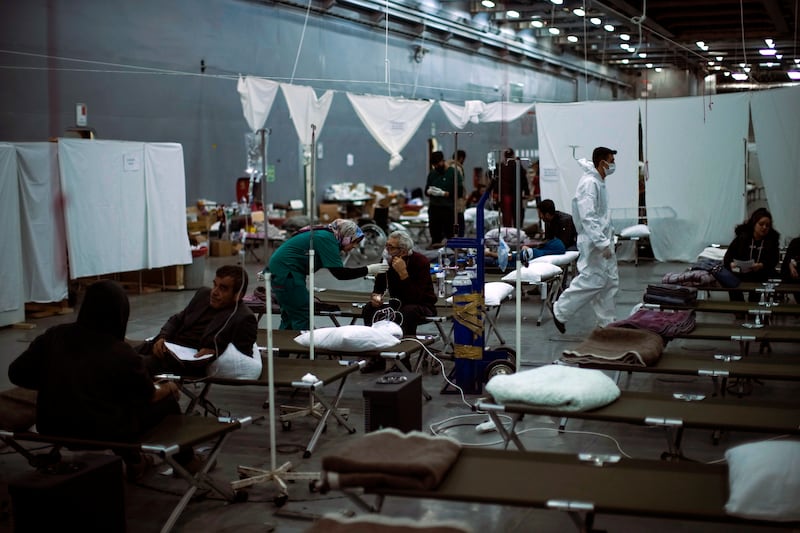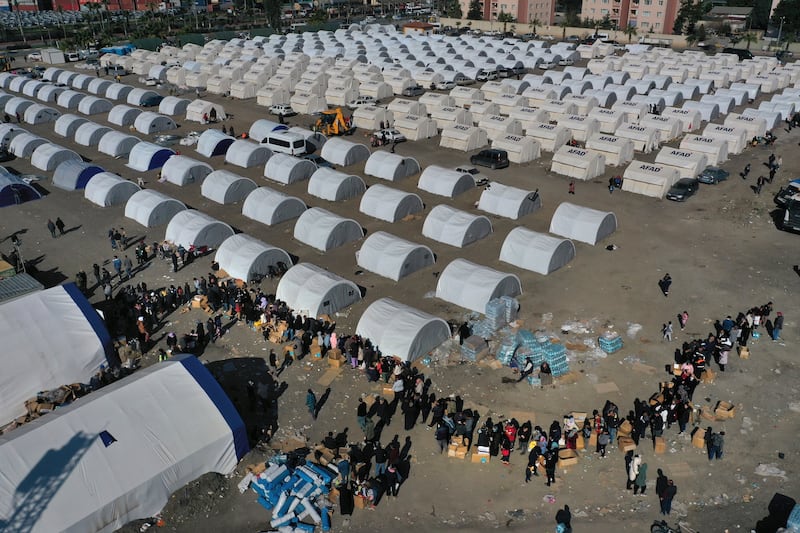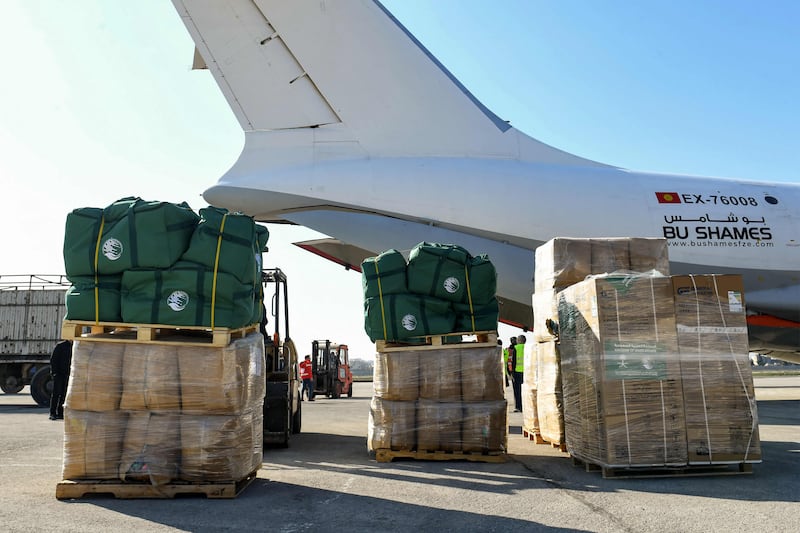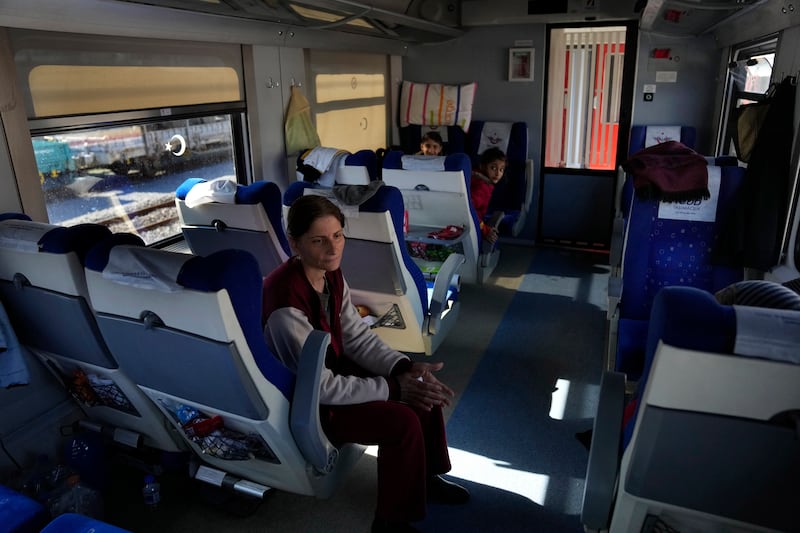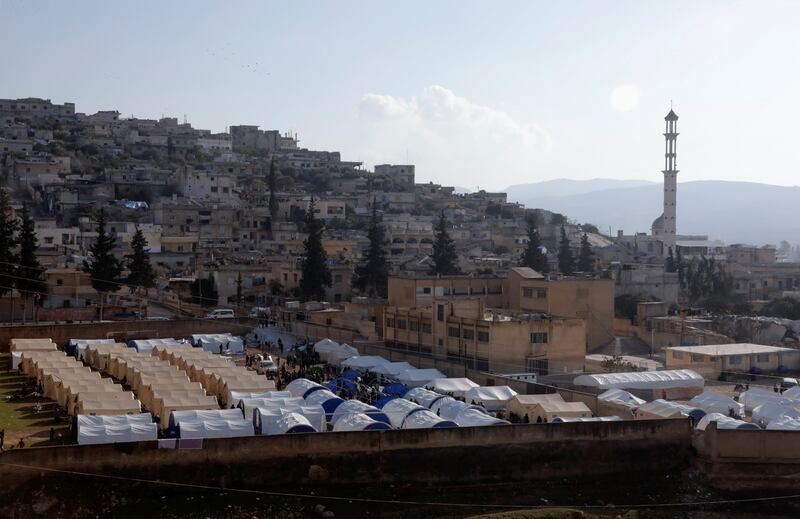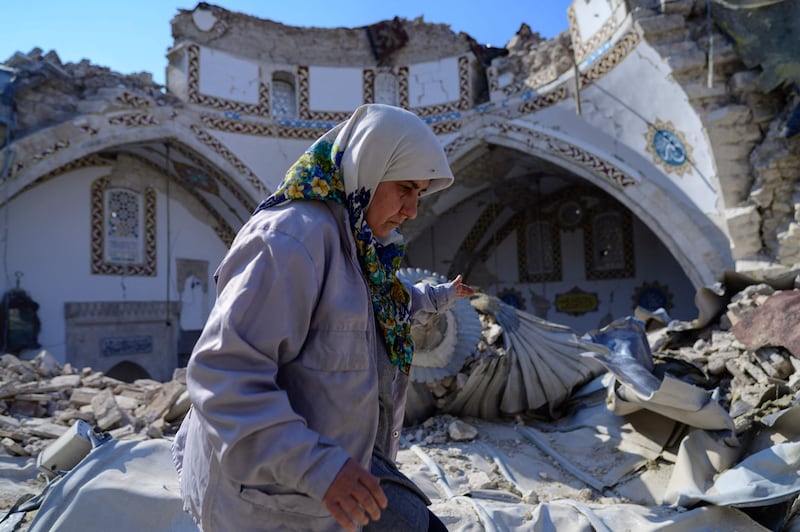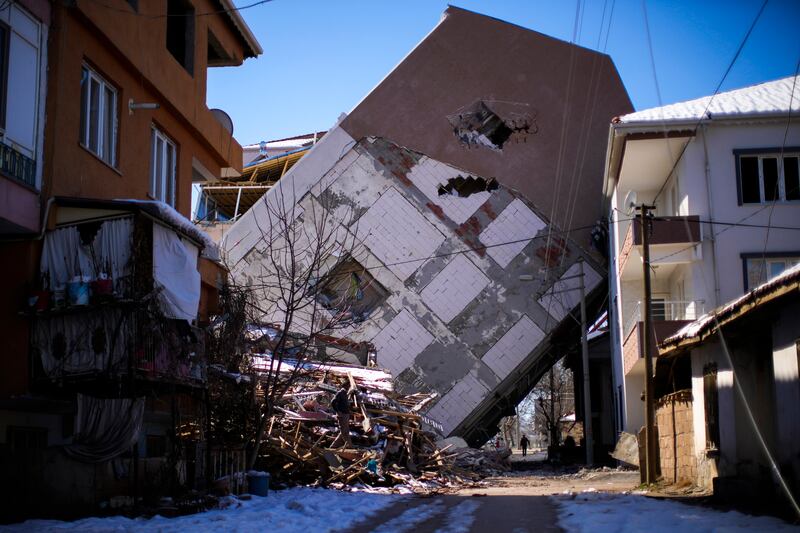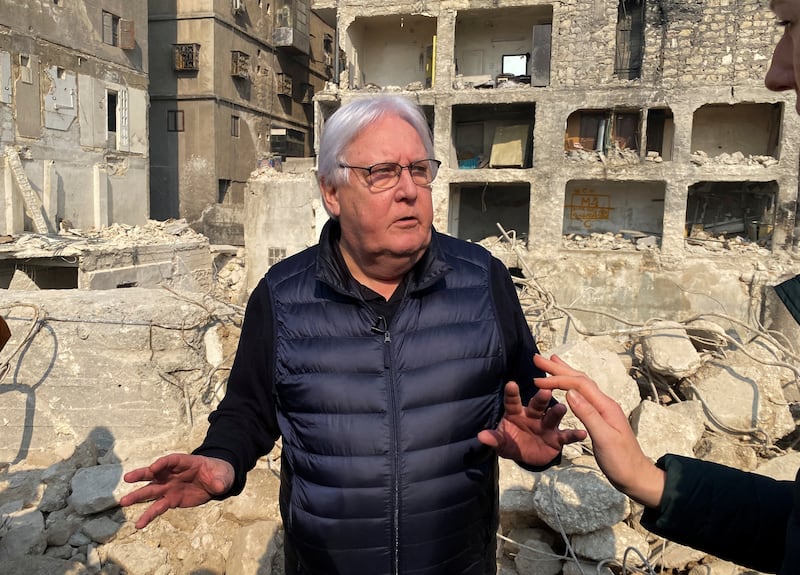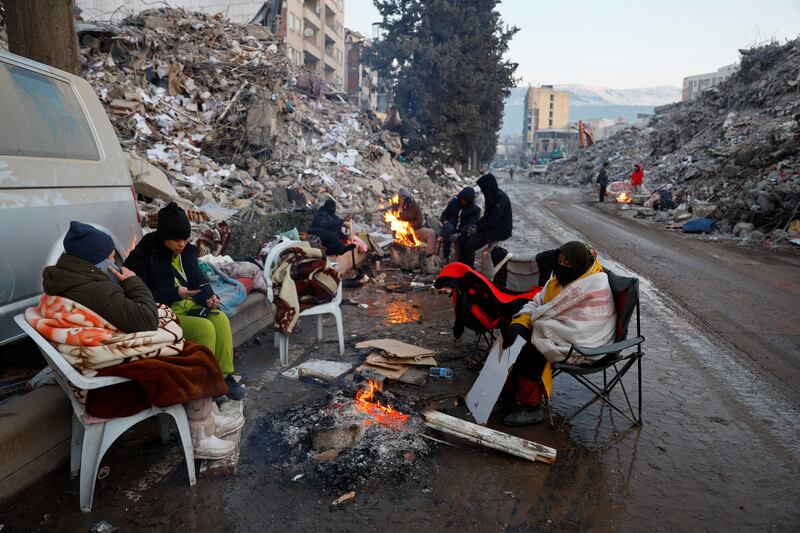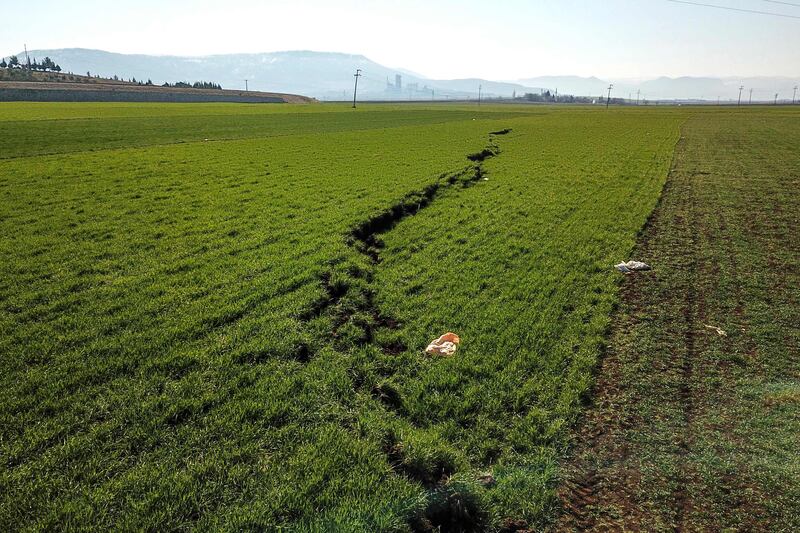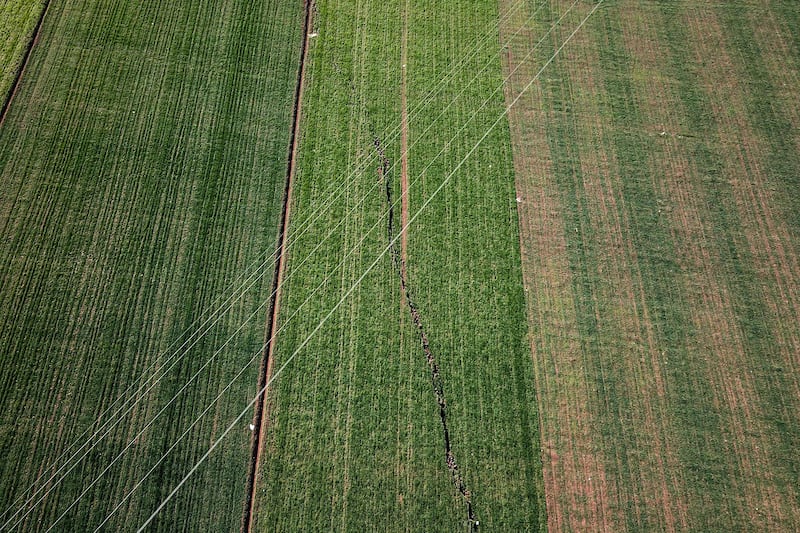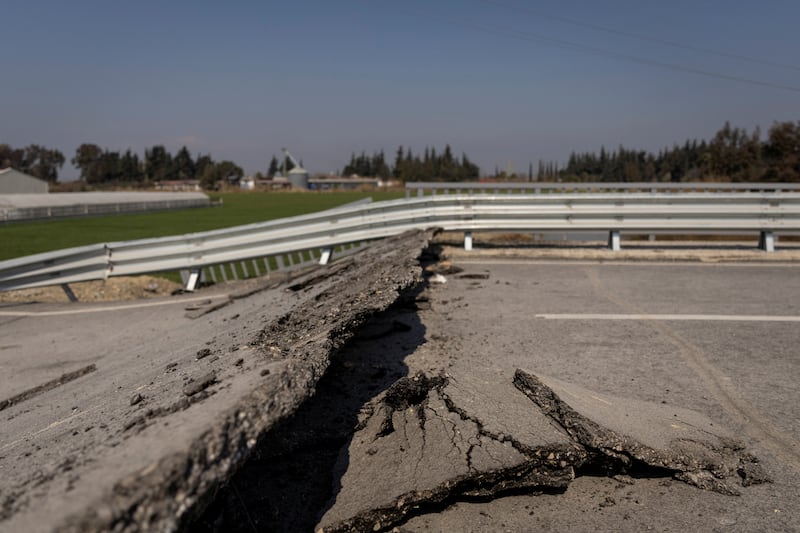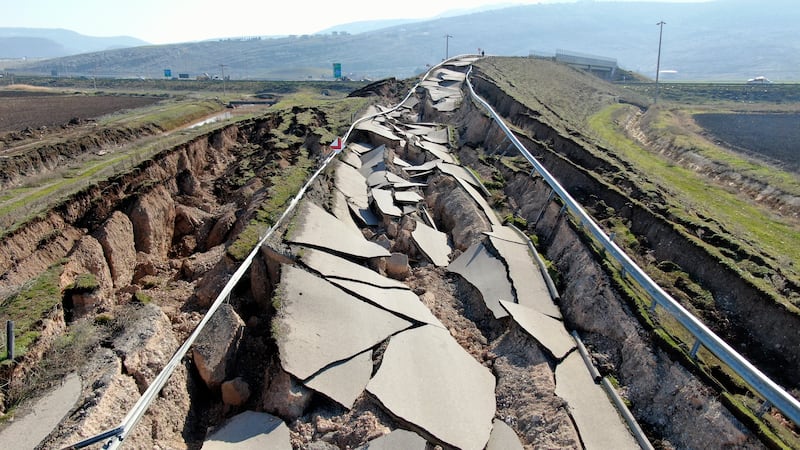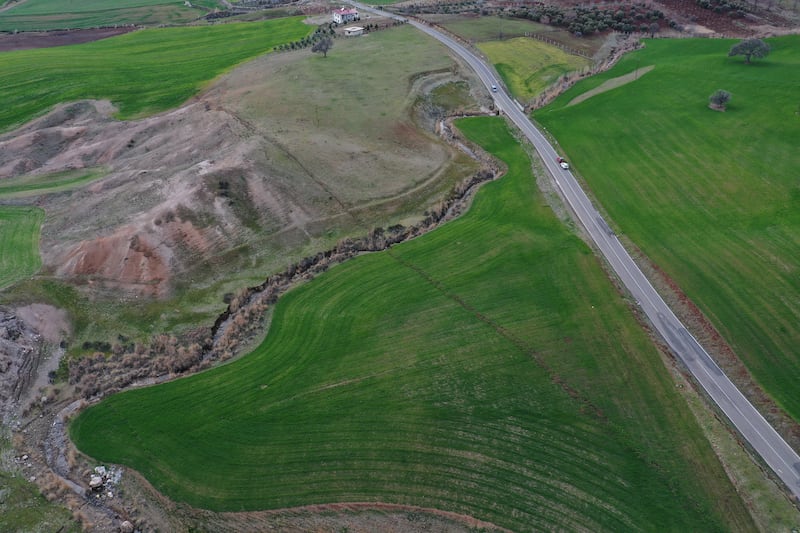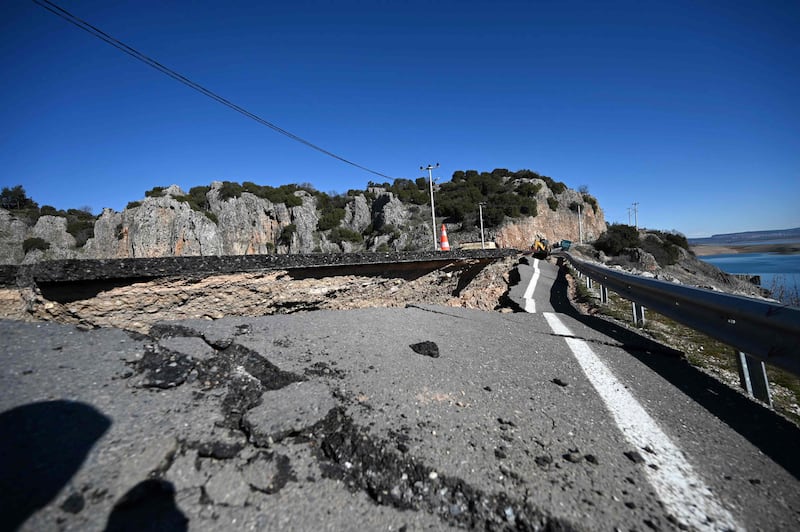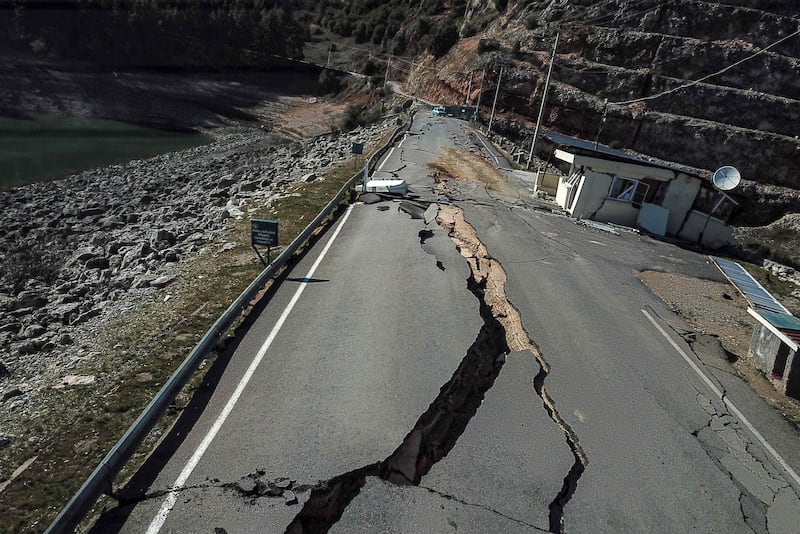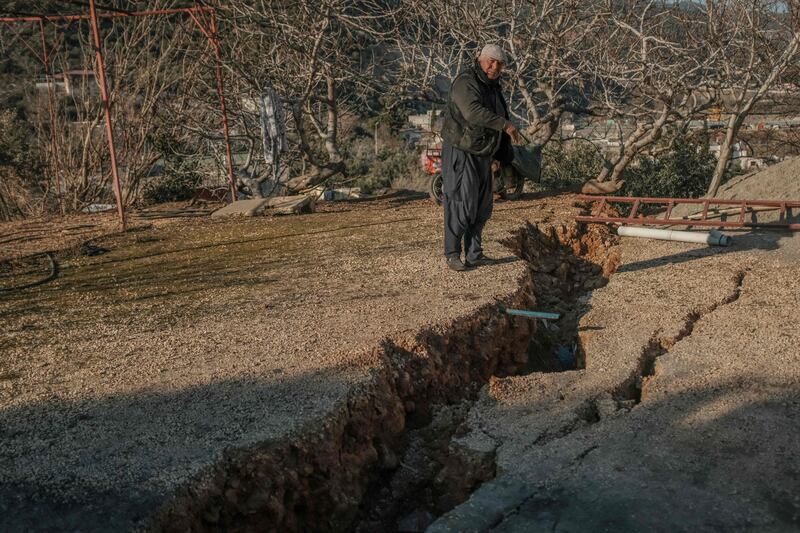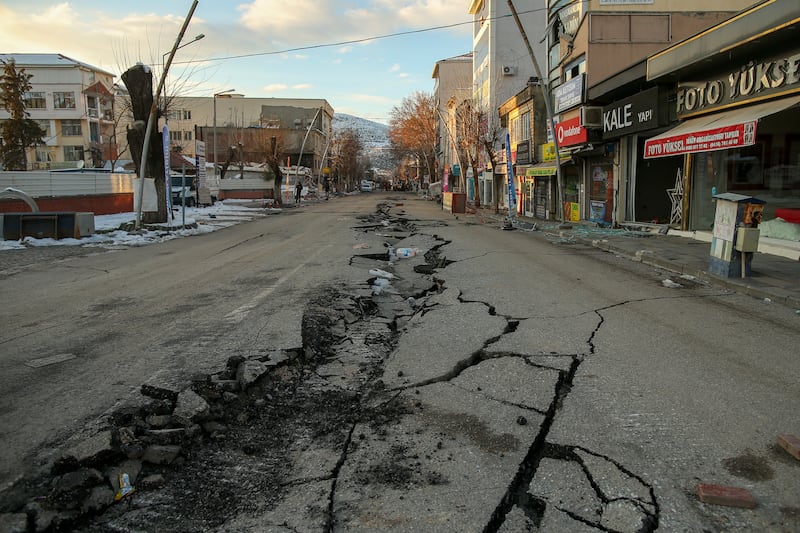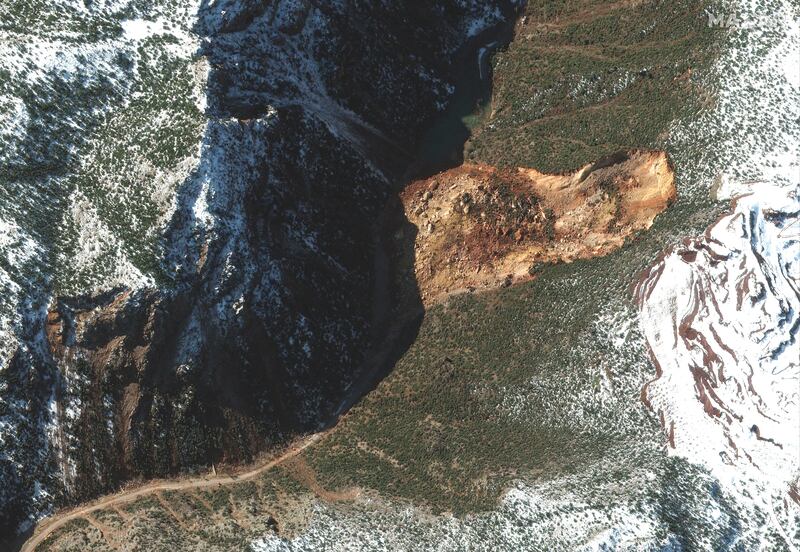Two earthquakes measuring nearly magnitude 6 struck Kepulauan Batu, Indonesia, in the morning hours on Sunday, said the European Mediterranean Seismological Centre.
The first earthquake, pegged by the EMSC at a magnitude 6.1 was followed by another 5.8 magnitude quake just hours later.
The more violent ones that happened on February 6 in Turkey and Syria claimed more than 50,000 lives and caused widespread destruction. It was one of the most powerful earthquakes ever recorded in the area.
The 7.8-magnitude earthquake was followed by an aftershock that registered 7.5 on the Richter scale, and there were thousands of smaller tremors in the following weeks.
Reports of deaths and damage after such events, transmitted at rapid speed across the globe, can lead to the perception that earthquakes are becoming more common.
But is this actually the case? Here we look at the causes of earthquakes and consider whether there has really been an increase in their frequency.
What causes earthquakes and how often do they happen?
According to the United States Geological Survey, most earthquakes happen around the meeting points of tectonic plates, the large pieces of the Earth's crust and the uppermost part of the mantle — the layer directly below the crust.
At these meeting points, there are cracks or fractures known as geological faults.
The build-up of stress when tectonic plates become stuck against one another can lead to a sudden slip, releasing large amounts of energy that results in shaking.
The National Earthquake Information Centre, part of the USGS, records about 20,000 earthquakes annually worldwide, or an average of about 55 per day.
In a typical year, about 15 earthquakes with a magnitude of seven are expected and only one with a magnitude of eight or more.
As well as natural seismological events, human activity may also cause earthquakes.
For example, wastewater generated from oil production is sometimes injected deep underground so that it does not contaminate drinking water. This process may increase the pressure at faults and result in earthquakes.
Oklahoma experienced several earthquakes in 2016 with a magnitude greater than five as a result of fluid injection.
What is the situation in and around Turkey?
Turkey is very seismically active because it is at the meeting point of several tectonic plates: the Anatolian Plate, the Eurasian Plate, the Arabian Plate and the African Plate.
With the East Anatolian fault zone — where the Anatolian Plate and the Arabian Plate — and the adjacent North Anatolian fault zone — where the Eurasian Plate and the Anatolian Plate meet — ruptures may happen every few decades to every few hundred years and spark a series of quakes over several years.
This is a phenomenon separate from aftershocks, which are smaller quakes around the epicentre of the main quake that take place in subsequent weeks.
The Turkey-Syria quake was the latest in a handful of big earthquakes that have taken place in the East Anatolian fault zone since 1998.
Before 1998, there had not been a major event caused by the fault zone since the 19th century. The North Anatolian fault line has been responsible for more than a dozen deadly quakes since 1939.
“It’s to do with how the stress is transferred to a different part of the fault and it triggers another earthquake maybe a decade later,” said John Douglas, a senior lecturer in civil and environmental engineering at the University of Strathclyde in the UK.
Some other faults typically have periods of inactivity that last more than 10,000 years.
While particular faults, such as those affecting Turkey, may experience alternating spells of dormancy and activity, the frequency of quakes worldwide fluctuates less.
“On a global scale, it’s more uniform because you’re averaging over lots of faults around the world. You need to look at long-term averages,” Dr Douglas said.
Nevertheless, over the past few decades, the number of earthquakes with a magnitude of seven or above in a single year has varied from less than 10 to more than 20, according to the USGS, something that can happen even without a systematic trend.
This may result in people feeling at times that earthquakes have become more frequent even when there is no long-term increase.
Are we detecting or hearing about earthquakes more?
Instruments used by geologists to detect earthquakes have improved over time, which has meant that more small earthquakes, in particular, can be recorded.
“In the last 50 years, the detection has improved a lot and probably in the last 20 years, everything went digital,” Dr Douglas said.
“There’s a lot more instruments that can detect smaller earthquakes. There’s still parts of the world that are less well instrumented, [but] any earthquake larger than about 4.0 [magnitude] is pretty much detected now.”
Dr Douglas said there may currently be a perception that earthquakes have become more common because of recent events in Turkey and Syria.
Instant communications and the 24-hour news cycle mean that events are reported more quickly and vividly than ever. After a major earthquake, he said, smaller quakes that would not normally warrant much media attention may be reported on.
This may cause people to think that earthquakes are becoming more common, even if this is not actually the case.
Knowing the likelihood of earthquakes of a given magnitude in a particular area is important for the siting of sensitive industrial facilities, such as nuclear power plants.
This is an area of interest for Dr Douglas, who might have to calculate the likelihood of seismic activity during the 50 years or so in which a facility is planned to be operational.
“If [earthquakes] do occur, what’s the shaking at a particular location?” he said. “If there’s shaking, what’s the risk that the structure will be damaged and how do you reduce the chance of that damage?”


